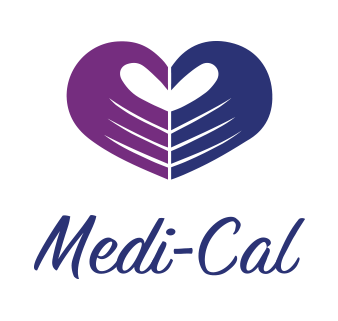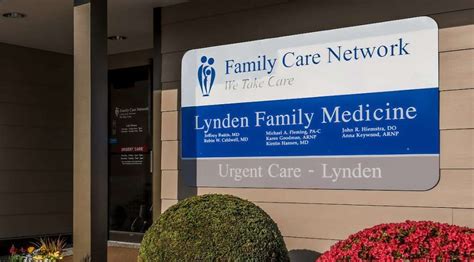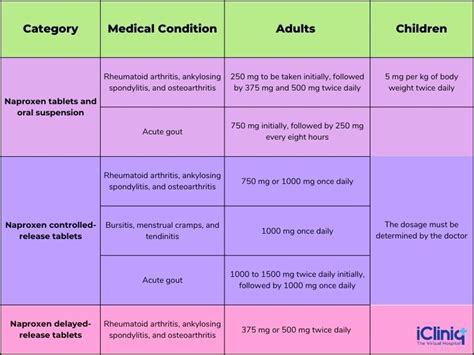The In-Home Supportive Services (IHSS) program is a vital resource for individuals with disabilities, the elderly, and those in need of assistance with daily living activities. For residents of Rancho Cucamonga, California, navigating the IHSS system can be complex, but with the right guidance, recipients can access the support they require to maintain their independence and quality of life. This comprehensive guide is designed to walk you through the process of getting started with IHSS in Rancho Cucamonga, including eligibility, application procedures, and the services provided.
Understanding IHSS Eligibility
To be eligible for IHSS, individuals must meet specific criteria. These include being a recipient of Medi-Cal, living in their own home, and requiring assistance with daily living activities. The range of activities can vary widely, from personal care such as bathing, dressing, and feeding, to domestic and related services necessary to maintain a safe and healthy environment. Eligibility is determined through an assessment by a social worker who evaluates the individual’s needs.
Application Process for IHSS in Rancho Cucamonga
The application process for IHSS begins with contacting the San Bernardino County Department of Aging and Adult Services. This initial step involves providing basic information to determine if you meet the preliminary criteria for eligibility. If you do, you will be scheduled for a home visit by a social worker who conducts a comprehensive assessment of your needs. This assessment includes evaluating your ability to perform daily tasks and identifying the types of services you require. It’s essential to gather all necessary documents, including proof of income, residency, and Medi-Cal eligibility, before the assessment to expedite the process.
Services Provided by IHSS
IHSS offers a broad spectrum of services tailored to meet the individual needs of recipients. These services are provided by caregivers who can be hired, trained, and supervised by the recipient, allowing for a high degree of control over the care received. Services can include:
- Personal Care Services: Assistance with bathing, grooming, dressing, and feeding.
- Domestic Services: Help with household chores such as cleaning, laundry, and meal preparation.
- Paramedical Services: Support with medical tasks such as administering medication, monitoring health conditions, and providing basic first aid.
- Transportation: Assistance with travel to medical appointments and other necessary services.
Hiring and Managing Caregivers
One of the unique aspects of the IHSS program is the ability for recipients to hire and manage their own caregivers. This can include family members, friends, or individuals hired from the community. The state provides compensation for caregivers through the IHSS program, allowing recipients to select individuals they trust and feel comfortable with. Training and support are available for caregivers to ensure they can provide the necessary level of care.
Financial Aspects of IHSS
IHSS is funded by the state of California, with the goal of enabling low-income individuals with disabilities or the elderly to live safely in their own homes. The program is free for eligible individuals, with no cost for the services received. For caregivers, the program provides a regular source of income, which can be invaluable, especially for family members who might otherwise have to sacrifice their own careers to provide care.
Navigating Challenges and Finding Support
While IHSS offers invaluable support, navigating its system can sometimes present challenges. Delays in application processing, difficulties in finding suitable caregivers, and managing the administrative aspects of the program can be overwhelming. To overcome these hurdles, it’s essential to seek support from local advocacy groups, social workers, and community resources. These organizations can provide guidance, facilitate communication with IHSS authorities, and help resolve issues promptly.
Future of IHSS in Rancho Cucamonga
As the population ages and the need for in-home supportive services continues to grow, the IHSS program is likely to evolve. Efforts to improve the efficiency of the application process, expand the range of services offered, and increase support for caregivers are underway. Staying informed about these developments and participating in public forums can help ensure that the program continues to meet theneeds of the community effectively.
Conclusion
The IHSS program is a critical component of the healthcare and social support system in Rancho Cucamonga, offering individuals with disabilities and the elderly the assistance they need to live fulfilling lives in their own homes. By understanding the eligibility criteria, navigating the application process, and leveraging the services provided, recipients can achieve a higher level of independence and well-being. As the program continues to evolve, it’s crucial for the community to remain engaged, ensuring that IHSS remains a robust and effective support system for those in need.
What are the eligibility criteria for IHSS in Rancho Cucamonga?
+To be eligible for IHSS, individuals must be recipients of Medi-Cal, live in their own homes, and require assistance with daily living activities. An in-home assessment by a social worker determines the specific needs and eligibility.
How do I apply for IHSS in Rancho Cucamonga?
+The application process begins with contacting the San Bernardino County Department of Aging and Adult Services. After preliminary screening, a social worker will conduct an in-home assessment to evaluate your needs.
Can I hire my family member as a caregiver through IHSS?
+Yes, IHSS allows recipients to hire and manage their own caregivers, including family members. The state provides compensation for caregivers, enabling recipients to receive care from individuals they trust.
In conclusion, the IHSS program is a vital service for the Rancho Cucamonga community, and understanding its intricacies can make a significant difference in the lives of those it supports. By leveraging the information and resources provided, individuals can navigate the system more effectively, ensuring they receive the care and support necessary to thrive.



